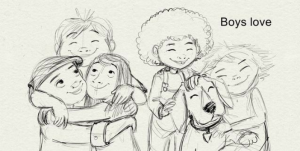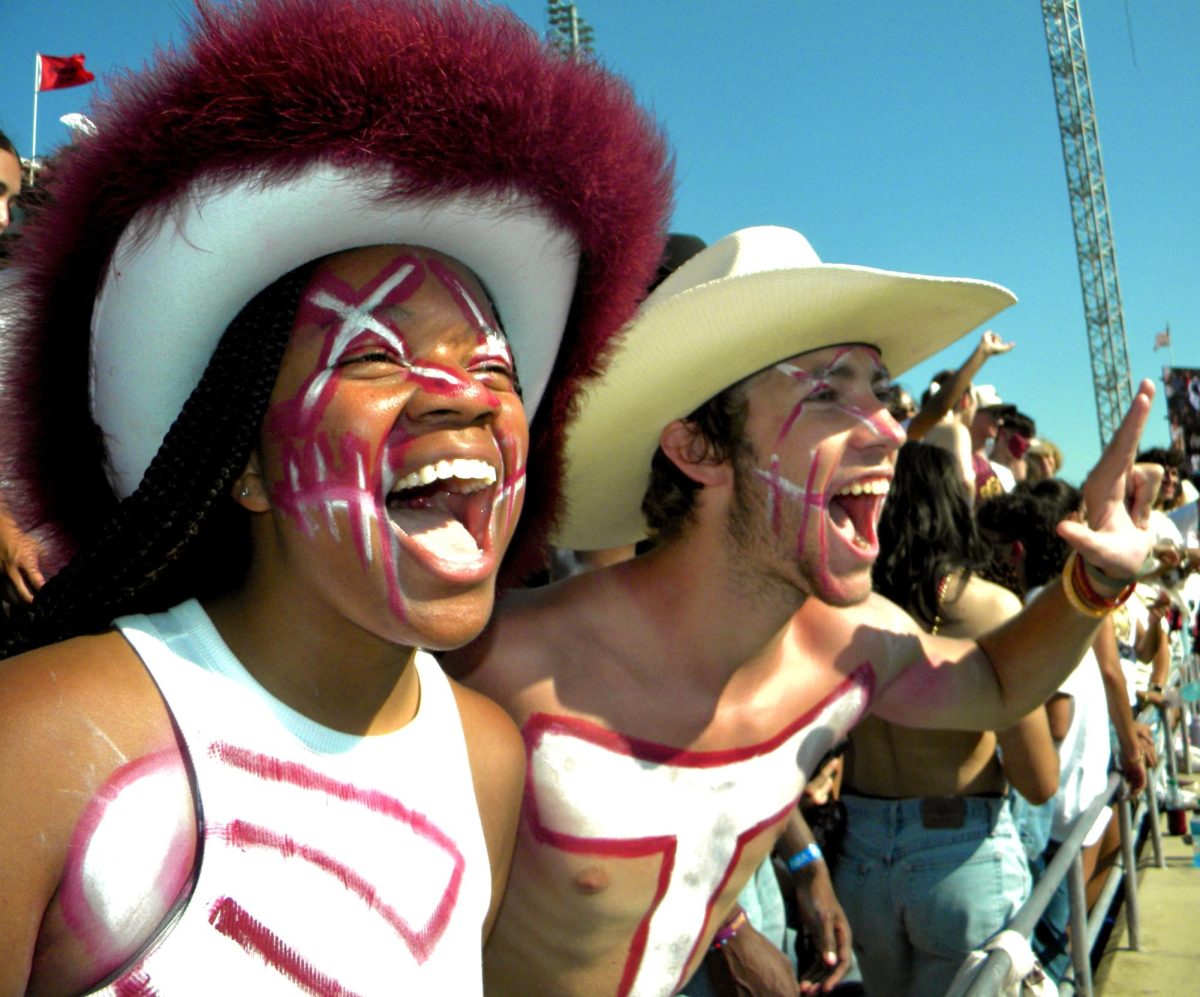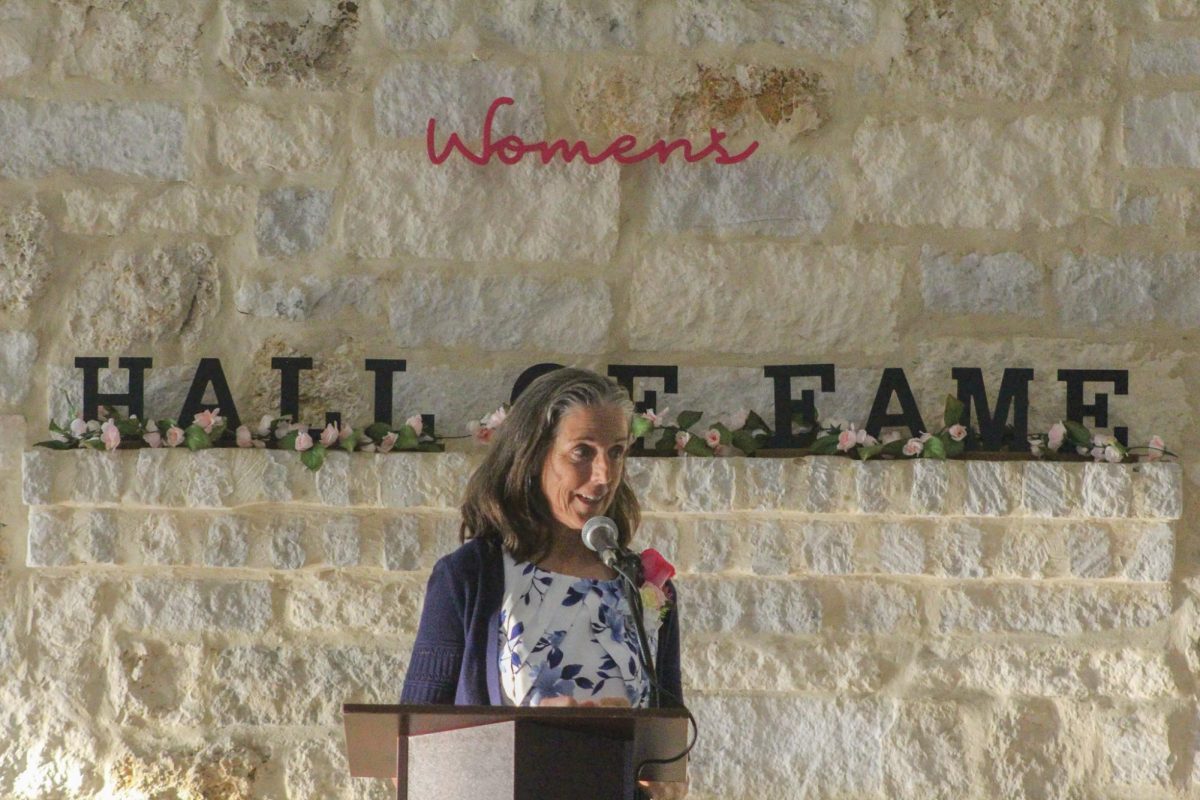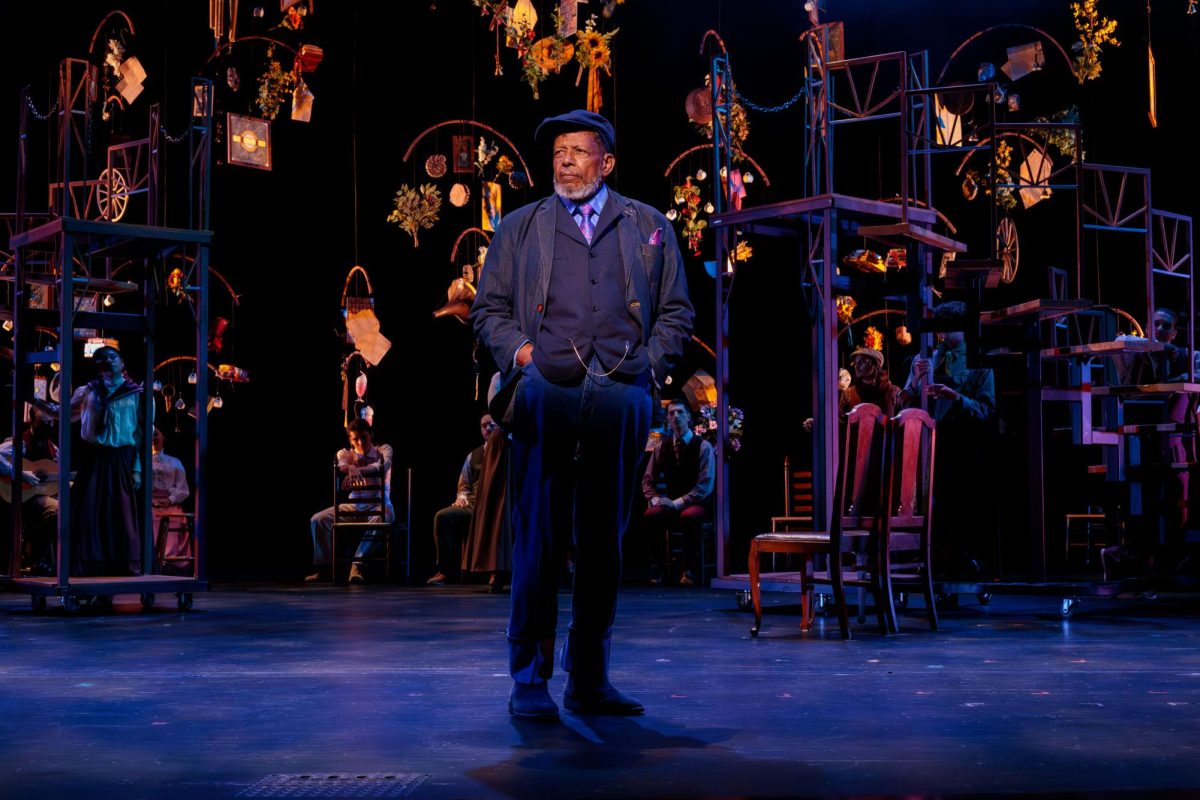A Texas State psychology professor is knocking down gender stereotypes and toxic masculinity through “What Boys Do,” his latest children’s book inspired by his own personal experiences and previous knowledge on gender role strain.
Jon Lasser, who’s been teaching at Texas State since 2001, published “What Boys Do” in November 2021. He said the purpose of the book is to promote mental wellness among children and challenge the roles placed on boys from a young age.
“I’ve always been interested in gender roles and wanted to write something for little boys to show them that they had a wider range of possibilities than traditional masculine stereotypes,” Lasser said.
“What Boys Do” is Lasser’s fourth children’s book with the American Psychological Association (APA). Children’s books are published through APA under Magination Press, which focuses on spreading psychological knowledge and helping kids through literature.
Lasser’s other books include “Grow Grateful,” “Grow Kind” and “Grow Happy.” All of Lasser’s books were co-written with his daughter Sage Foster-Lasser. The books prior to “What Boys Do” are a mini-series focused on a character named Kiko.
Writing his previous books gave him the idea to branch out and write a book focused on gender stereotypes, toxic masculinity and gender role strain, which is the uncomfortable feeling humans experience when conforming to gender role expectations.
According to Lasser, gender roles and toxic masculinity have become universal and inescapable components of society. They are embedded in many aspects of people’s lives, prompting Lasser’s goal to challenge these topics in “What Boys Do.”
“I think that a lot of people, who have very good intentions, assume that little boys want to play with trucks and sports equipment … and rarely do they stop to wonder ‘What does this boy like? What are his interests?’,” Lasser said. “The feminist movement has done a wonderful job of expanding opportunities for girls and women, and one of the reasons I wrote this book is that I haven’t seen similar opportunities for boys, so I wanted to contribute to that conversation.”
Throughout the book, boys learn to honor their true selves through self-discovery and the freedom to choose and explore their own interests. All the while, readers can participate in an inclusive reading environment and experience inclusive artwork that displays all types of boys with all types of personalities.
In Lasser’s author’s note, readers can find explanations on ways to work toward reducing gender norms. Examples include how to support boys’ goals and interests and ways to practice unconditional positive regard for boys.
“I want all kids who read the book to know that there are things they can do to promote their wellness … by showing others they are free to be who they want to be,” Lasser said.
Although the topic of “What Boys Do” remained the same throughout its production process, the book itself took on numerous forms before its finalized version. Kristine Enderle, the book’s editor, said the writing and editing process was grueling, as the book took different shapes throughout the publishing process which spanned two years.
“The title changed over the course of the book,” Enderle said. “It was ‘All Boys’ and then it was ‘Some Boys’ and then it was ‘What Boys Do.’ We just kept kind of like massaging that a little bit to make sure we were being inclusive and also representing a whole range of boy-ness.”
Different characters, plots and titles were thrown into the writing and editing process before the final manuscript was completed. The project took several years and proved to be a challenge for both Lasser and Enderle as the story contained broad topics that were at times heavy to write about.
Robert Paul was selected to illustrate “What Boys Do.” He has 15 years of illustrating experience and has worked with corporations like Disney+. It was Paul’s sketchy, watercolor-like art style that helped bring the illustrations on paper to life.
“I think I like this book because anybody can pick up this book … they can read this to a boy or they can read it to a little girl so that she can understand boys a little better in a healthy way,” Paul said.
Paul focused on portraying Lasser’s message by illustrating the different personalities of the characters in the story. It took him several months to create characters that would complement the story. Through his illustration process, he created characters that had their own unique stories and backgrounds which made them stand out in the book.
“It was really about creating little boys that had a lot of diversity behind them … not just in terms of skin color, or in terms of racial background, but in terms of personality,” Paul said. “There are different personalities that kind of lean toward the way you are designing the character at any given time.”
Although they never met in person, Paul and Lasser’s work came together so well that Lasser changed the story’s ending to better complement and flow with Paul’s illustrations. Enderle said their goal in creating the book was to make a safe place where children could feel comfortable reading it and exploring their gender expression and identity.
“We wanted to make sure kids felt comfortable … [and to] just give kids permission to be who they want to be and [be] who they are inside,” Enderle said. “Once we were confident that the text [was] carrying that message and the illustrations were carrying that message … we stopped messing with it … then we were ready to go to the printer.”
Lasser hopes that as people and the media become more accepting of boys freely expressing themselves physically and mentally, his book can be a steppingstone toward the reduction of gender role strain and toxic masculinity.
“My hope [for the future] is that we can reduce gender role strain. Where boys and men can maybe have some characteristics that are masculine and feminine,” Lasser said. “That way we can express our fullest selves and not try to hide part of ourselves or constrain part of ourselves and that makes us better in relationships with others. It makes us better co-workers, better friends, better team players all around.”
To learn more about Lasser and his books or to purchase “What Boys Do,” visit https://www.maginationpressfamily.org/mindfulness-kids-teens/bookstore/jon-lasser-phd/. The book can also be checked out in Alkek Library.
Categories:
Professor challenges gender roles with children’s book
Marisa Nuñez, Life and Arts Contributor
February 1, 2022
0
Donate to The University Star
Your donation will support the student journalists of Texas State University. Your contribution will allow us to purchase equipment and cover our annual website hosting costs.
More to Discover




















